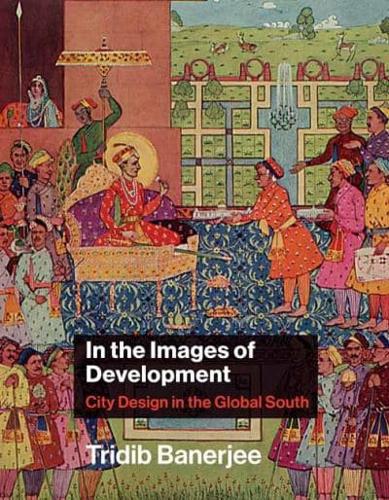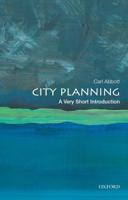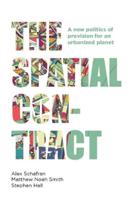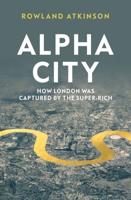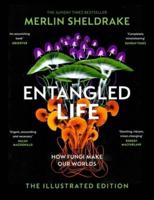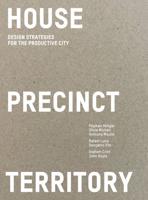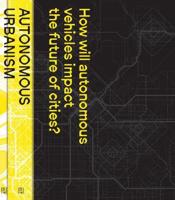Publisher's Synopsis
Remarkably little of the expansive literature on development and globalisation considers actual urban form and the physical design of cities as outcomes of these phenomena. The development that has shaped historic transformations in urban form and urbanism-and the consequent human experiences-remains largely unexplored. In this book, Tridib Banerjee fills this void by linking the idea of development with those of urbanism, urban form, and urban design, focusing primarily on the contemporary cities in the developing world-the Global South-and their intrinsic prospects in city design. Further, he examines the endogenous possibilities for the future design of these cities that may address growing inequality and the environmental crisis. Series Overview: During the past several decades, environmental discourse has significantly broadened to include perspectives that connect our understanding of human and natural environments. Environmental questions are increasingly seen as embedded in issues of technology, landscape, and social organisation. The Urban and Industrial Environments series addresses the environment in the context of daily life experiences and the evolving structures of industrial activity and urban form, drawing from a wide range of disciplines such as industrial ecology, urban studies, industrial geography urban environmental history, regional planning, and occupational and environmental health services. The series offers views of the complex and contested arena of environmental policymaking, the role of social movements and interest groups in the formation of policy and changes in institutions, and the evolution of industry sectors.
